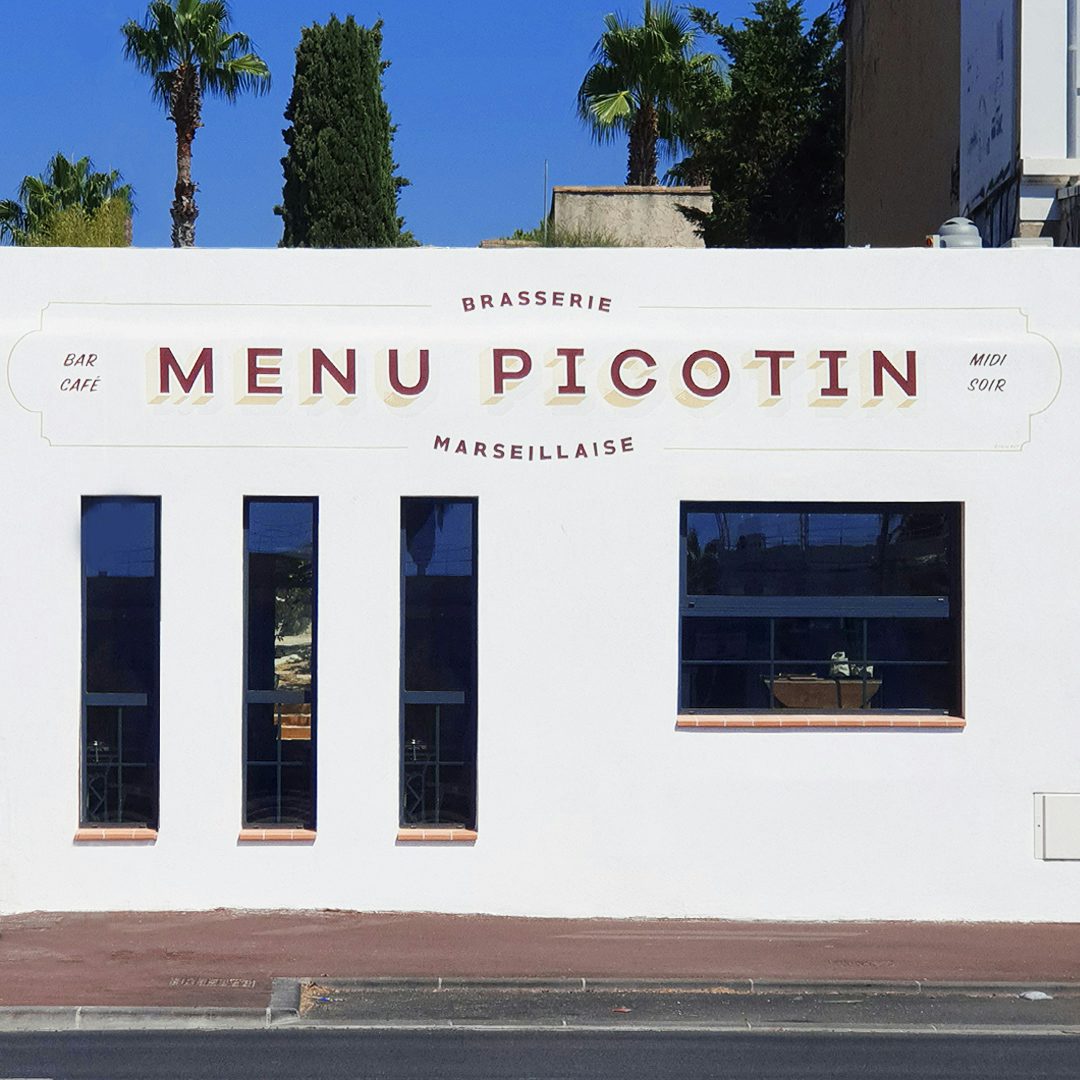The phantom sign painter of Marseille
Sign painting may no longer be a recognised profession in France, but designers such as Lucas Teyssier are championing its return, one storefront at a time
As a teenager growing up on the French Riviera, Lucas Teyssier spent his spare time graffiting the walls of Toulon “to improve its appearance”. Creating tags sparked his interest in graphic design. He became fascinated by the retro typefaces and illustrations still apparent on the walls and shopfronts. It gave him a taste for the French graphic design and typography of the past.
“We’ve had some amazing poster designers, like Cassandre, Villemot and Savignac. I’m fascinated by their legacy and I try to reference them in my work.” Teyssier studied graphic design in Montpellier where he discovered the typography of Herb Lubalin and Roger Excoffon, whose font creations including Mistral, Choc, Banco and Calypso defined the late 20th century visual aesthetic in France.
“With graffiti, you study lettering before typography. And because I was deforming letters to create words then logos, that introduced me to typography,” says the now 32-year-old. “I find typography very complex. The construction and proportions are almost mathematical, whereas the letterforms I used in graffiti break free of any constraints. It’s more liberating.”
A friend told him about a group of sign painters from the south of France who founded a collective in Paris called 6Lettres in 2013. Teyssier visited Paris to check out their work. It convinced him to make this his profession.
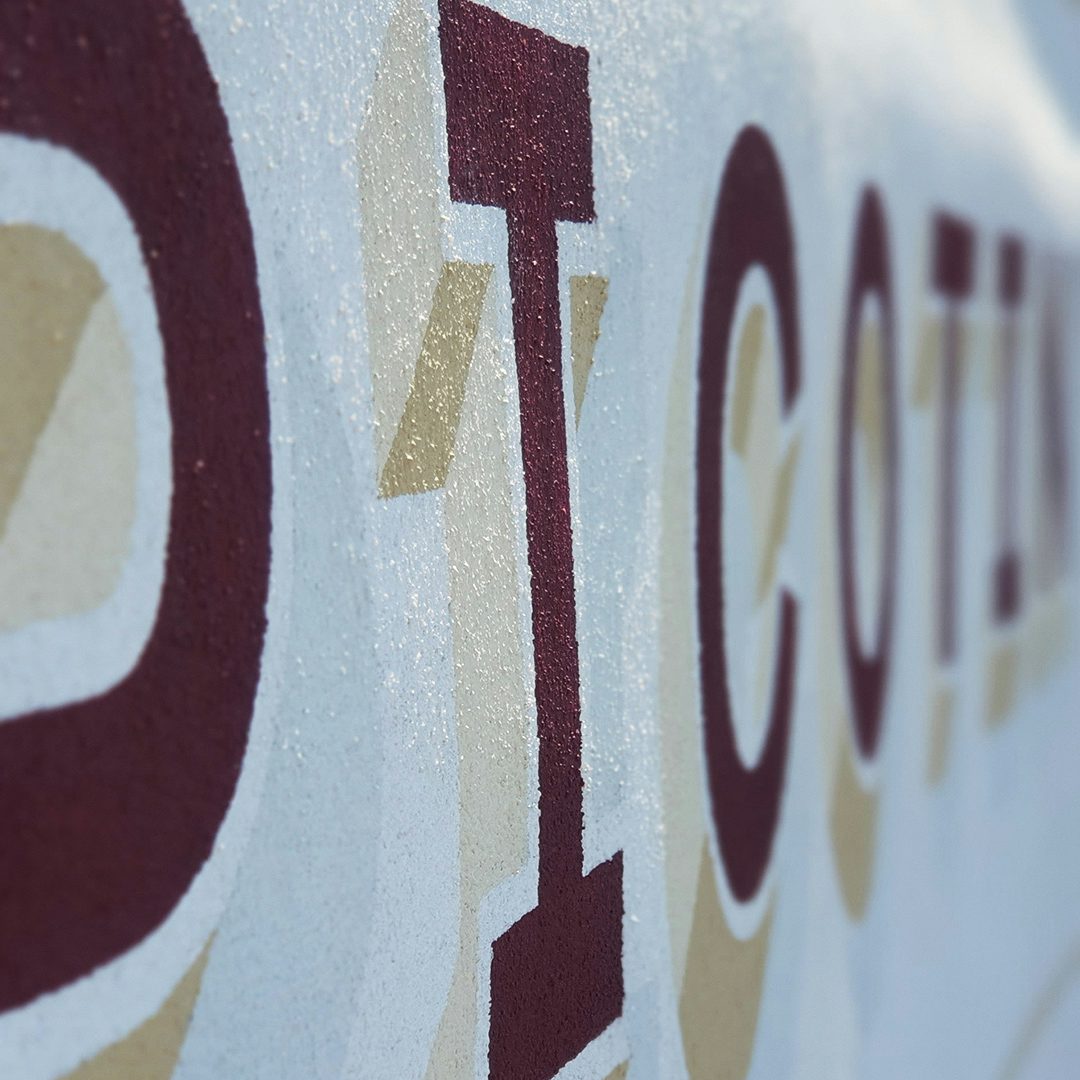


“When I stated my intention, everyone burst out laughing. There is no formation. Sign painting no longer qualifies as a profession. It disappeared with the arrival of computers and vinyl plotters in the 1980s. There are only about 90 of us in France. They even struck the title off the companies register. I am the phantom painter of urban space!”
Learning the profession from scratch was laborious and complicated. “To be honest, it was a real struggle, I had to teach myself everything. The people I approached for guidance in France were also self-taught and refused to pass on their hard-earned knowledge. Someone told me that the British are much more generous about sharing their techniques. The guys at Studio 6lettres went to London to learn their craft.
“I did a workshop with [London-based] Ged Palmer. I also spent about six months teaching myself goldleaf gilding through English online tutorials. The process would have been much faster with a teacher that I could question directly in real time.”
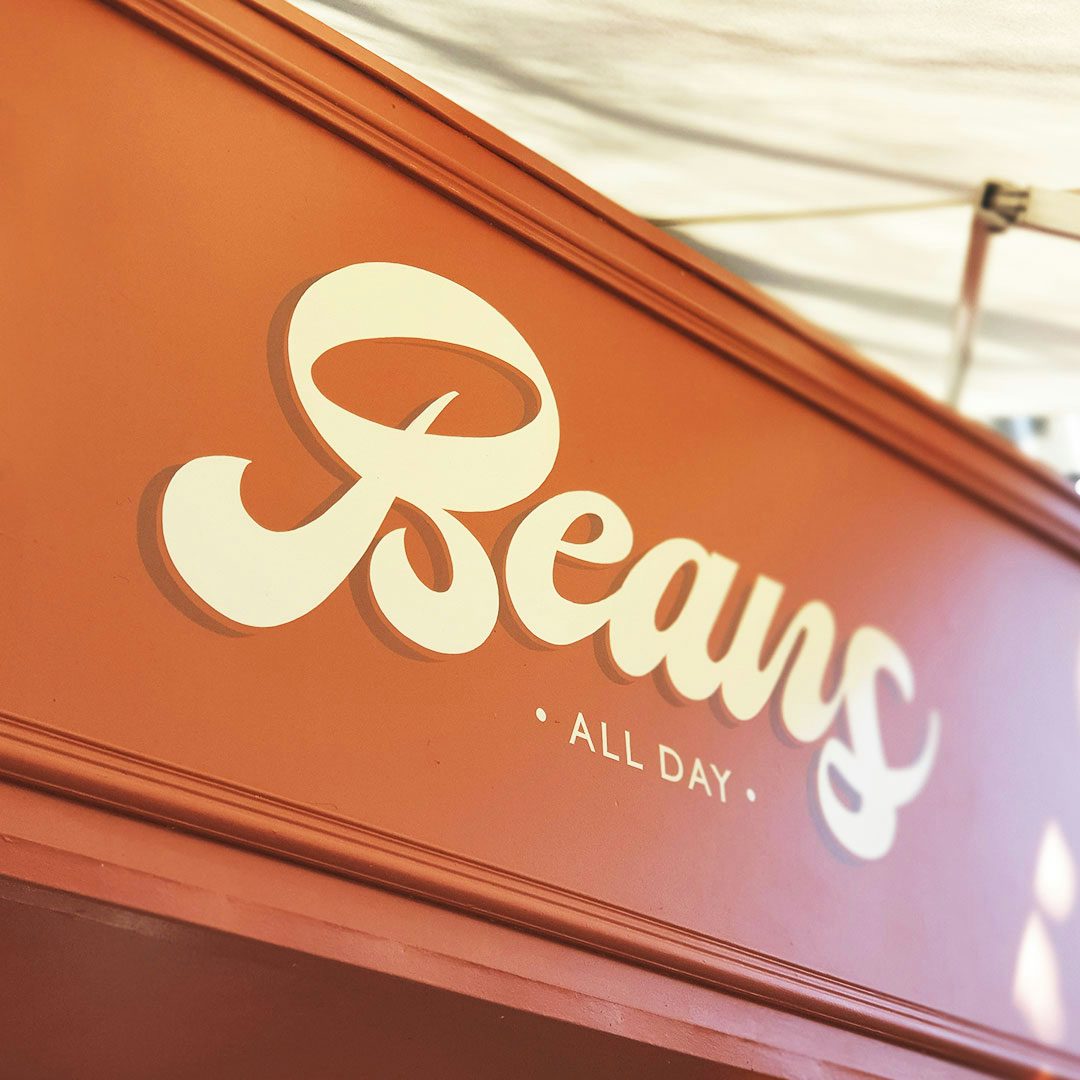
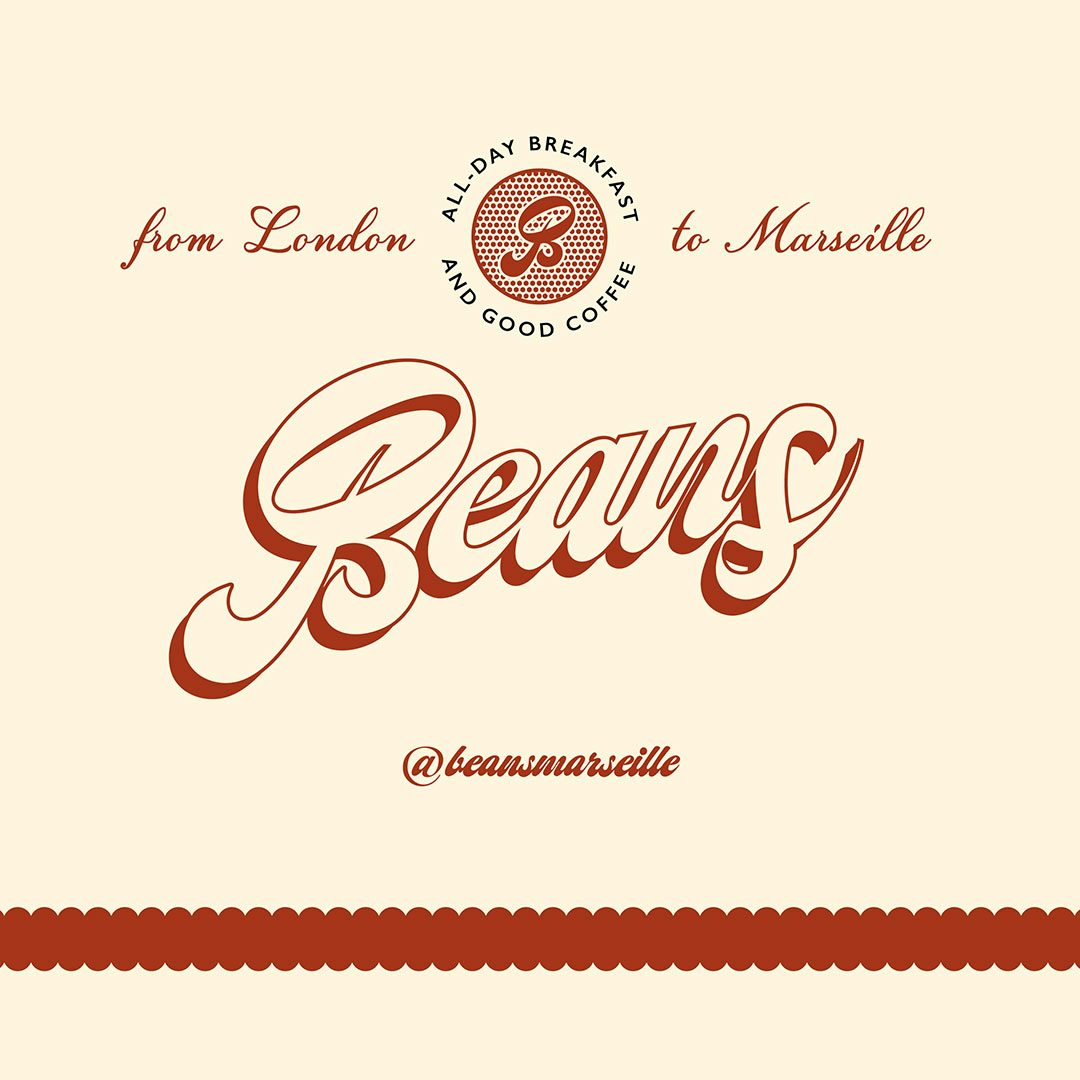

After graduating, Teyssier was disheartened to discover that signage companies exclusively produced in adhesive and plexiglass. He was offered a position as graphic designer in an agency in Marseille and relocated there.
“There was no painting involved, but I was working in tandem with an ex-sign painter, Thierry Fanucci. He became my mentor. He didn’t teach me how to paint, but he told me everything about his profession, from when he began in the 70s until he closed his company in the 90s. He told me the best paints to use, the right brushes, I drank it all in. Thierry gave me his photo albums, the repertoire of his life’s work, and I was hooked. I started getting the material together, and after a while I struck out on my own.”
There’s zero margin of error, you can’t go outside the line. You need to angle the brush, while keeping your balance, with the distraction of traffic and passers-by
He launched Signalt in 2020, coincidentally a boule’s throw from Roger Excoffon’s Olive Type Foundry. “Phonetically, Signalt sounds like signalètique [signage], ALT stands for Atelier Lucas Teyssier. ALT is also short for alternative, the alternative to vinyl adhesive lettering!”
The work is extremely taxing, physically. Teyssier regularly spends up to nine hours a day precision painting atop his Woerther ladder in all weathers. In Marseille, this can mean extreme heat or strong winds, or both, simultaneously.


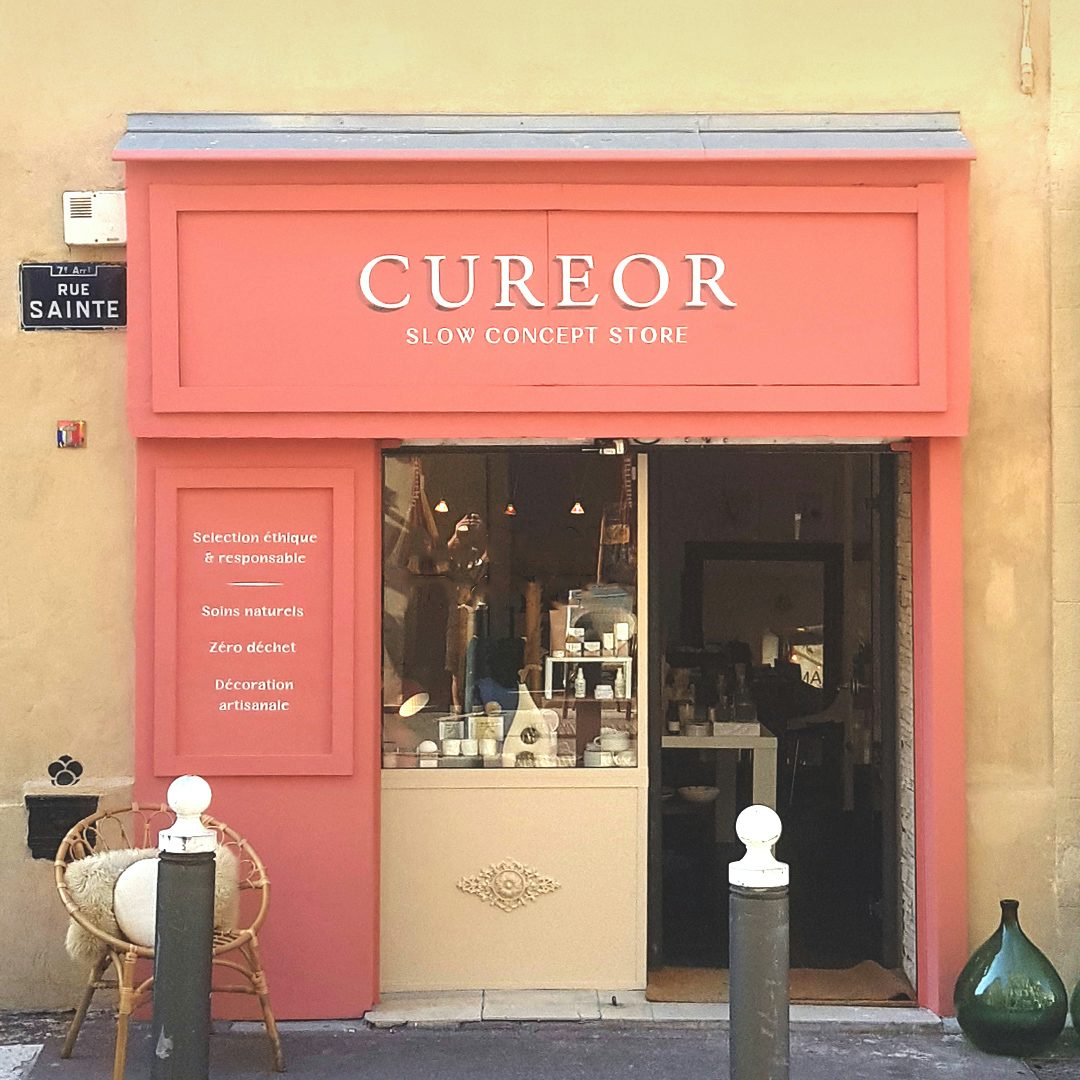
He works ‘à l’ancienne’. For a storefront, he copies his design onto tracing paper, perforates the letters with a tailor’s wheel, then on site he taps stencilled dots onto the sign’s surface with a talc pad as a guide for his freeform handpainting.
“There’s zero margin of error, you can’t go outside the line, like when you’re a kid. You need to angle the brush to make a sharp angle, while keeping your balance, with the distraction of traffic and passers-by. It’s not always 100% perfect, but that’s the signature of the handmade process.”
Provençals are notoriously warm, spontaneous and chatty, Marseillais particularly so. While they might stop to chat with him as he works, this is to Teyssier’s advantage, as most of his projects find him by word of mouth.

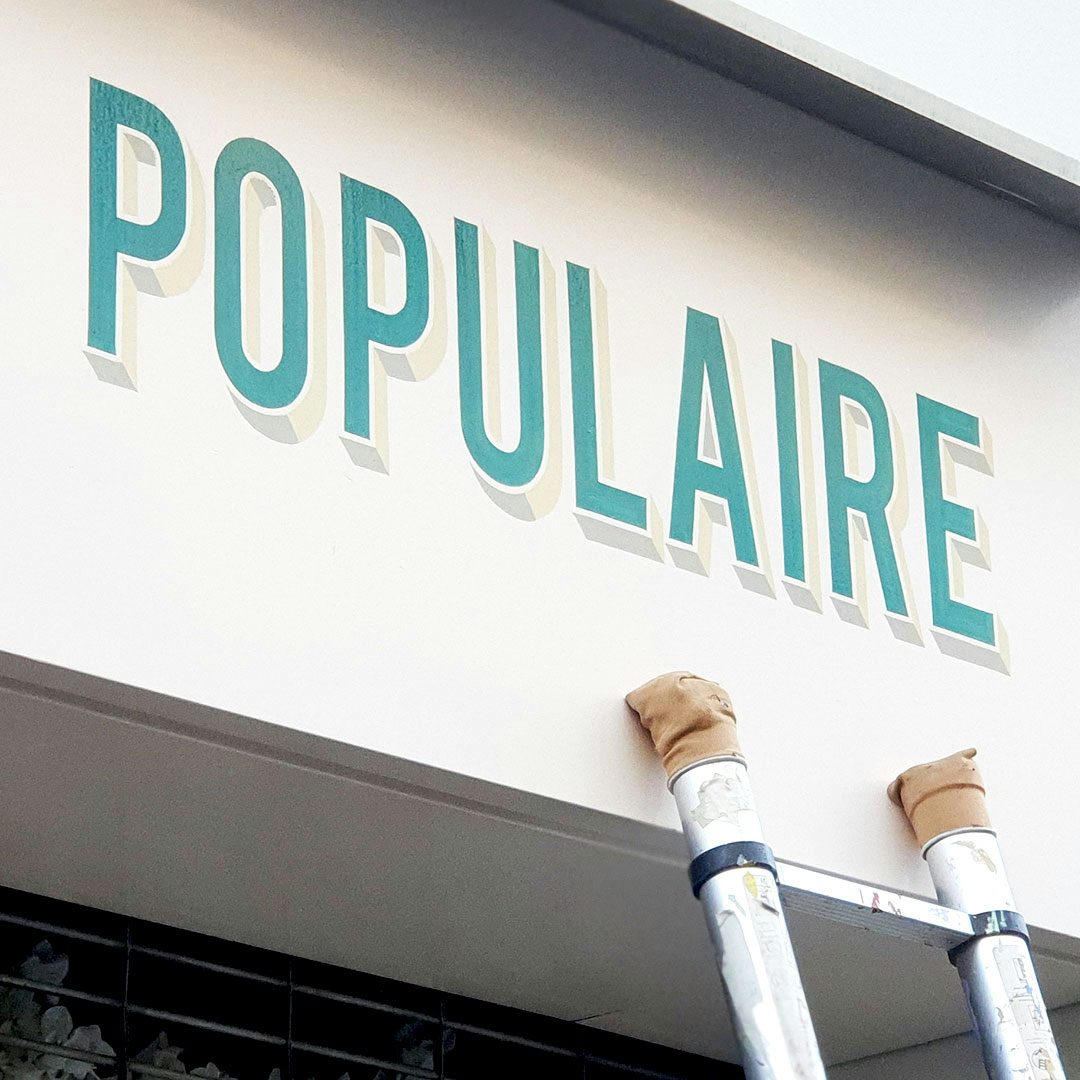
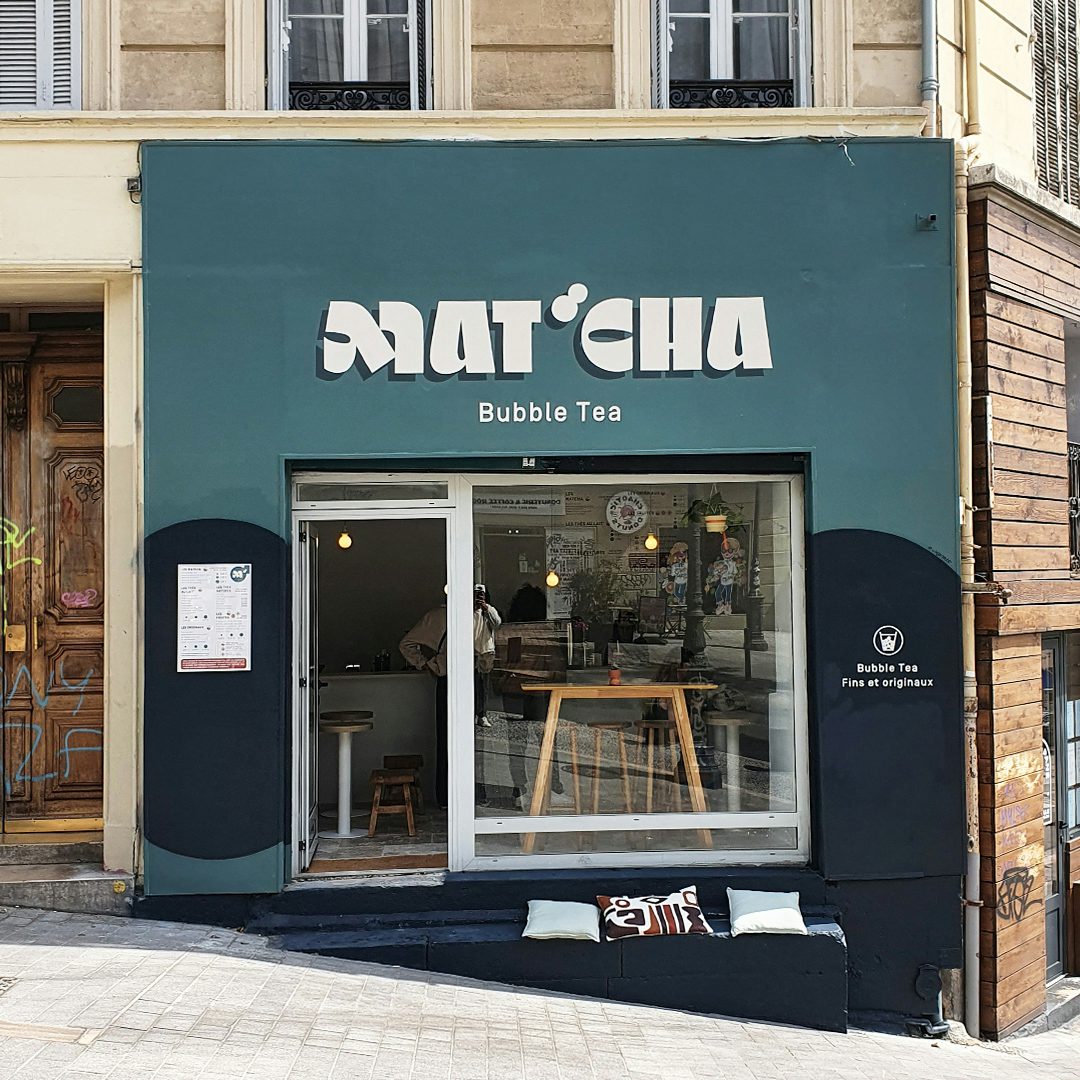
“It’s also slow going, you have to be patient and meticulous. It’s not comfortable, but I love working in the open air. I’d be a lot less motivated and efficient in a studio behind a computer.”
For some graphic design projects (including Beans, Mat’cha, Pour Vous, Pan Pan Zerotti), he collaborates with his partner, Margaux Amaranto. For a local restaurateur’s pavement sign, he sawed the wood, painted the background then hand-lettered, varnished, wrapped and delivered it on his bike. The delighted owner insisted he had a Pastis on the house.
It’s very much a trend in Marseille, citizens are more conscious of the visual harmony of the city and about respecting the natural environment
France’s second largest city was almost razed to the ground in World War Two, and haphazardly rebuilt in the aftermath. The city has multi-ethnic influences, with no single aesthetic, part of Marseille’s distinctive identity. For a long time, its public spaces were neglected and completely decrepit.
“It’s very much a trend in Marseille, citizens are more conscious of the visual harmony of the city and about respecting the natural environment. They’re using wood and metal in preference to plastic, so that trickles down to storefront signage, a huge plus for the sign painter. It will never go back to before, but I think the demand for hand-painted signage will grow steadily for the coming years.
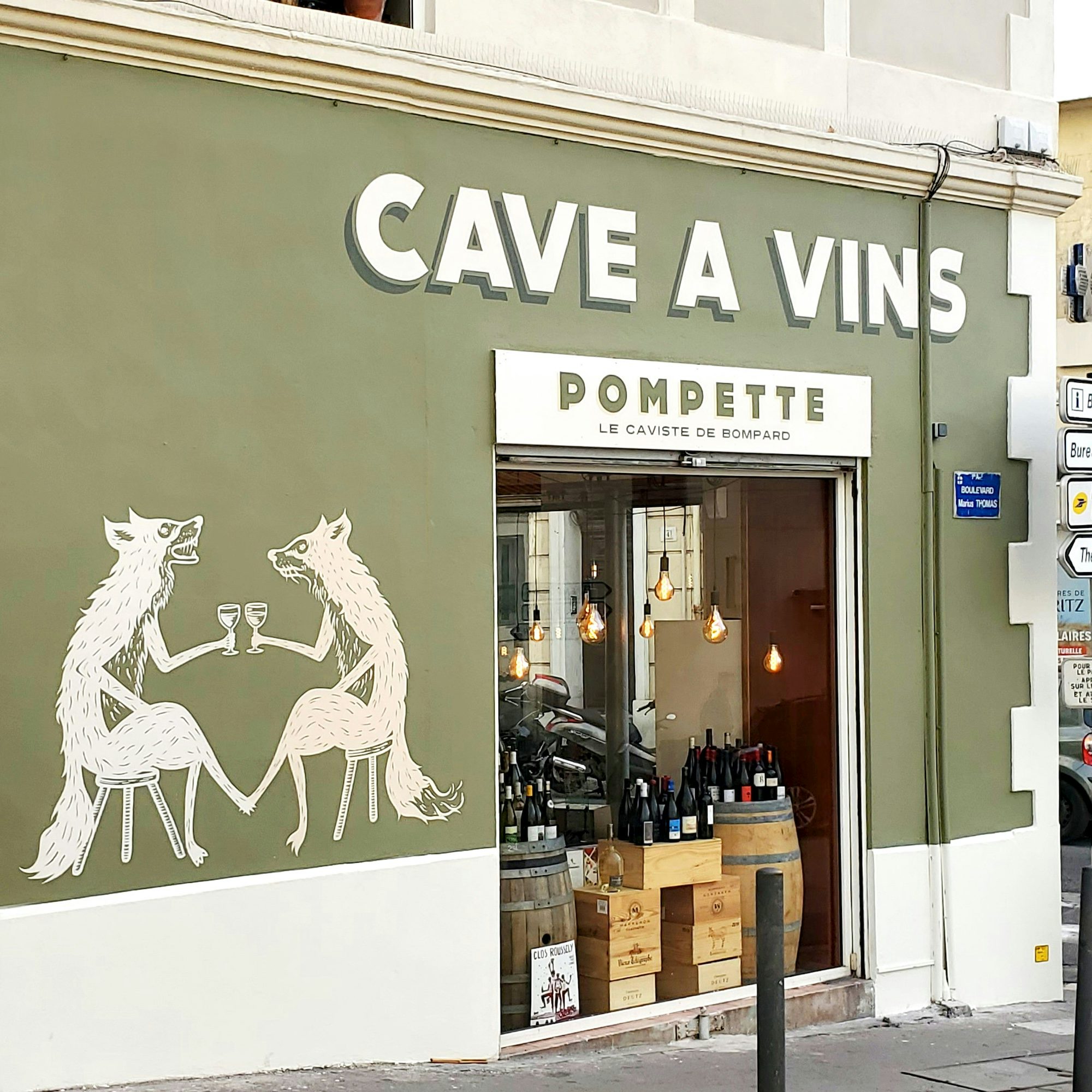
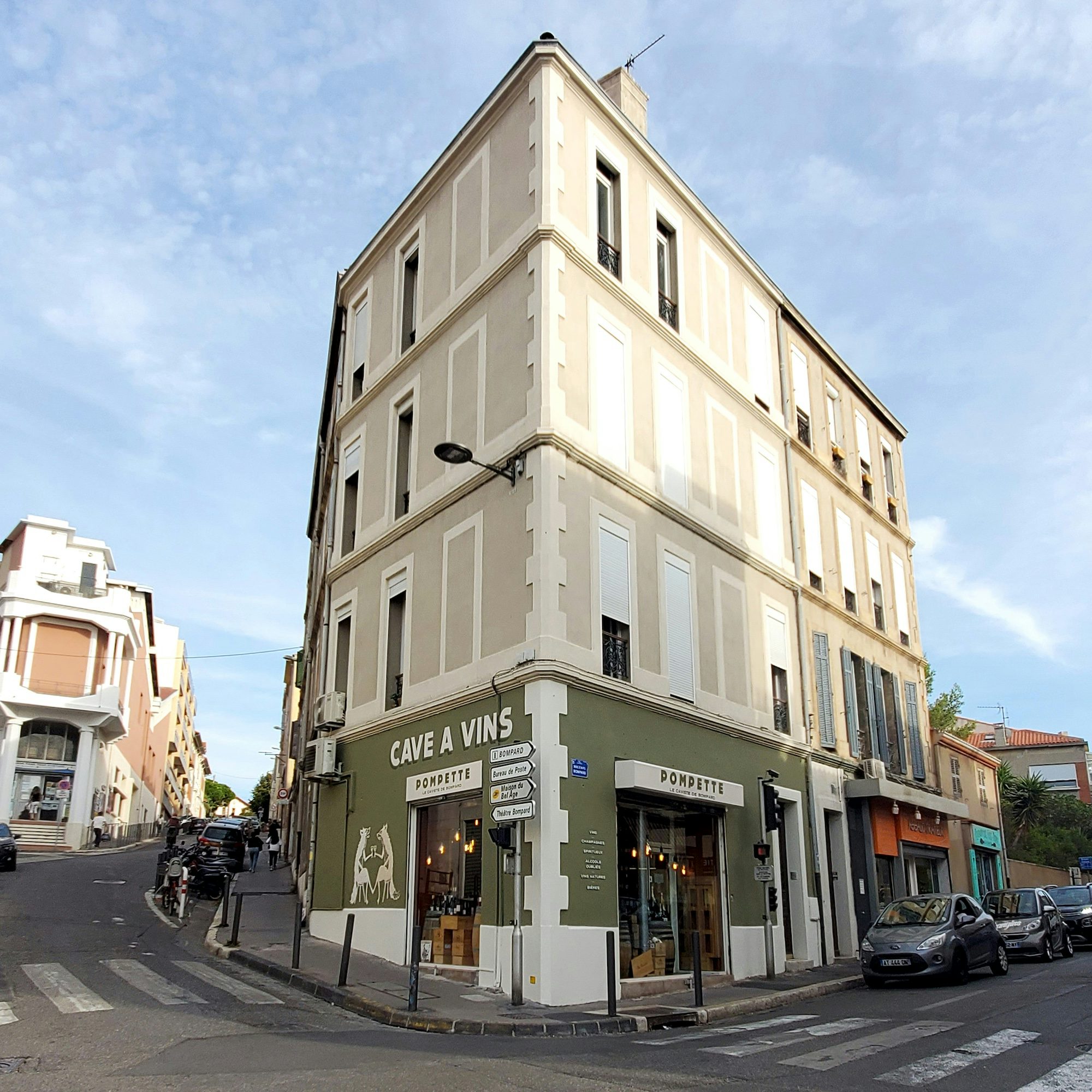
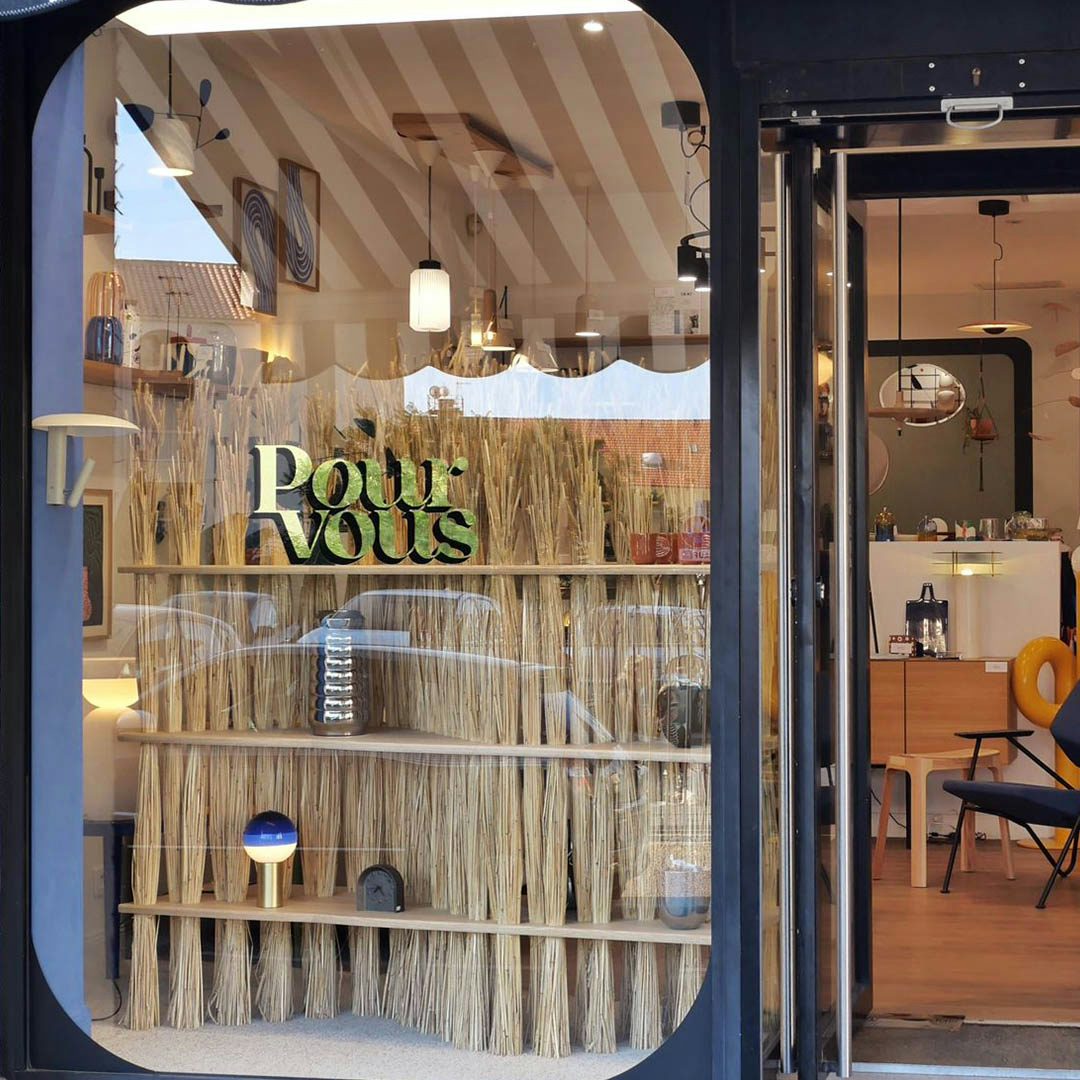
“Tristan Gesret, who is based in Brittany, created a sign painters’ collective. He hosts annual meetings at his Martre Peinture workshop, to federate all the sign painters in France to discuss the evolution of the profession. We want to have it re-listed in the Chamber des Métiers register of professions, to reintegrate it into design courses so that students know that it is a viable career option, and that they have a serious formation. We also want to work more closely with urban planners and architects. There is a lot to discuss and resolve for the future, it’s very exciting.”
In the meantime, with his palette of Pernod yellow, terracotta, olive-leaf green and Marseille blue, Teyssier is making Marseille beautiful, one storefront at a time.
